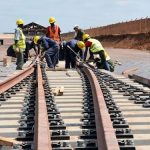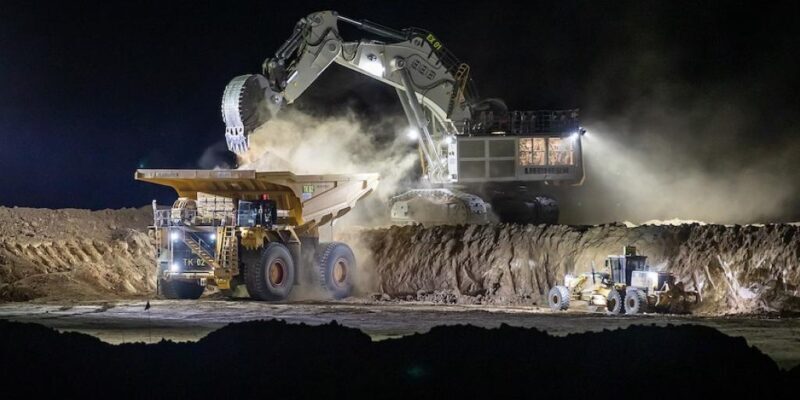KINSHASA – The Democratic Republic of Congo (DRC) has unveiled an ambitious $58 billion national infrastructure master plan, tied to a landmark $500 billion partnership with the United States—a move that could reshape not only the country’s economy but the wider Central African region.
Announced on May 27, 2025, by Minister of Foreign Trade Julien Paluku, the plan centers on rebuilding and expanding critical infrastructure, including national highways, provincial roads, and agricultural transport networks, with a vision to unlock the country’s vast economic potential.
“I am proposing a structured master plan worth $58 billion, focusing on priority projects such as national, provincial, and agricultural roads,” Paluku said during a high-level investment meeting.
The plan reflects a growing recognition across Africa: strategic infrastructure is the backbone of long-term development.
Paluku emphasized that even larger investments are needed to truly harness the DRC’s wealth. He pointed out that building just 20,000 kilometers of road at $1 million per kilometer would require $20 billion. Meanwhile, cultivating 80 million hectares of arable land—at a cost of $1,000 per hectare—would demand another $80 billion.
“Our mineral wealth is estimated at $24 trillion,” Paluku added. “The $500 billion from the U.S. is historic, but still only scratches the surface of what is needed. The challenge is integrating this value into any partnership.”
A Strategic Shift with Continental Implications
The DRC’s push mirrors broader trends across Africa, where governments are seeking to leverage natural resource wealth to finance industrialization and infrastructure—rather than remaining raw material exporters.
Analysts say the partnership with the U.S. signals a diplomatic pivot, as the DRC positions itself as a strategic player in global supply chains, particularly in minerals essential for clean energy technologies.
However, experts also warn that funding alone is not enough.
“It’s not just about announcing big numbers,” said one Kinshasa-based economist. “Success will depend on clear project priorities, transparency, and the government’s capacity to deliver.”
Lessons for Africa
The DRC’s infrastructure vision could offer lessons for other African nations with untapped natural wealth. Many face similar challenges: weak logistics, fragmented markets, and underutilized agricultural land.
The focus on agriculture and road connectivity—two persistent gaps across sub-Saharan Africa—could help the DRC become a key logistics and food security hub for Central Africa, if well managed.
As African countries strive to turn natural wealth into inclusive growth, the DRC’s $58 billion plan is a bold test case for what’s possible—if ambition meets execution.















